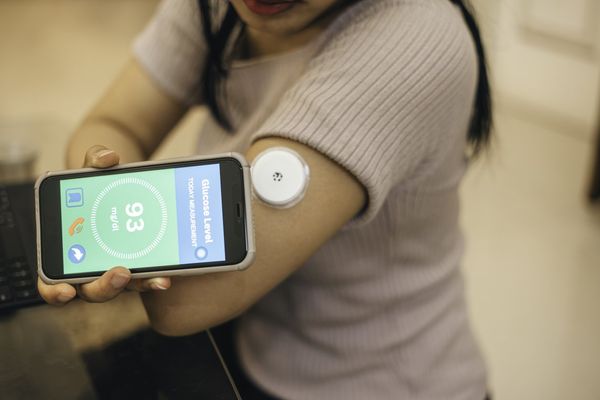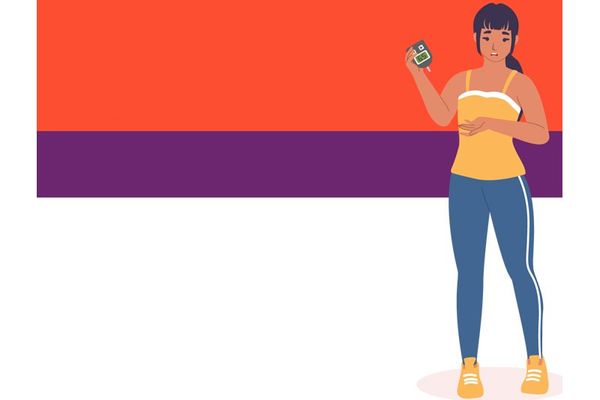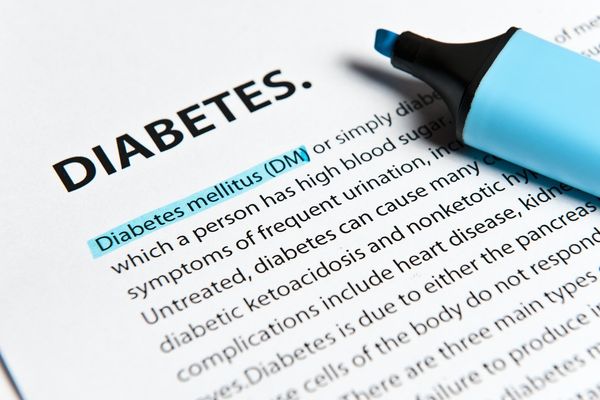If you have diabetes, travel can be challenging. Whether you're camping, cruising or flying, it takes a bit of planning and organization. But there's no reason to let diabetes keep you at home.
The American Association of Diabetes Educators offers these tips to ensure your next travel adventure is safe and successful:
Get a medical exam before you go. Schedule an appointment with your diabetes health care provider far enough in advance to work on your diabetes control before you travel. Be sure to get any immunizations you may need early enough so you'll have time to recover if they affect you. Get a prescription for insulin or diabetes pills you may need while gone and a letter from your doctor explaining what you need to do to manage your diabetes, such as take insulin or diabetes pills. The letter should list any medications or devices you use, as well as any allergies you have.
Pack extra medications. Traveling for a week? Pack two weeks' worth of your diabetes medications in case of travel delays or misplaced supplies. Be sure to include everything you need: insulin, syringes, testing strips, extra batteries for your pump, a first-aid kit, glucagon emergency kit, etc. If you use an insulin pump, ask the company if you can bring a backup in case yours fails. Carry a prescription from your doctor for insulin or oral medication in case of an emergency.
Protect your supplies. Keep your medications and supplies close at hand and away from extreme temperatures—too hot or too cold. If you're traveling by car, bus or train, don't put them in the trunk or outer baggage compartment. You may need an insulated travel bag if you'll be hiking or out in the elements. If you're flying, put your supplies and medications in a carry-on, not in a checked bag, and keep them in the original packaging in a bag separate from your toiletries, as requested by the Transportation Security Administration (TSA). Don't worry about exceeding the 3.4-liquid-ounce carry-on limit; the TSA allows you to go over the limit for diabetes medications and supplies.
Identify yourself. Wear your medical bracelet or necklace that shows you have diabetes and take insulin (if you do). Carry a health card that includes your emergency contact and doctor's name and phone number.
Communicate clearly. If you're traveling to a country that speaks a different language, learn how to say, "I have diabetes," "sugar, please" and "orange juice, please" in the language that will be spoken there.
Carry snacks and low blood sugar treatment. Low blood sugar (hypoglycemia) can strike any time, and you may not be able to easily get food while traveling. Be sure to bring plenty of snacks such as peanut butter crackers, cheese crackers, fruit, juice, granola bars or trail mix, as well as hard candy or glucose tablets or gel. On a flight, you can request a special meal that is low in sugar, fat or cholesterol, but you must make your request at least two days in advance.
Simplify flying. Tell the TSA folks that you have diabetes—they're used to accommodating people with health issues. Visit the TSA site before your trip to learn about current screening policies. If you plan to inject insulin while flying, remember that the pressurized air can make it more challenging to draw up your insulin if you're using a vial and syringe. Be careful not to inject air into the bottle.
Test often. New foods, increased activity and different time zones can throw your glucose levels out of whack, so be sure to test frequently, including before and after meals. If you take insulin, keeping your levels steady can be tricky when changing time zones, so make a plan to adjust your schedule for injecting. Before your trip, see a diabetes educator, who can help you with this process.
Favor your feet. Wear comfortable, well-fitting shoes and socks at all times—never go barefoot. Check your feet frequently, especially after a hike or long walk. Feet and ankles often swell during flights so consider wearing light knee-high compression stockings (20-30 mm Hg) or bring thinner socks to change into if your feet swell. Wear a shoe that can be loosened if swelling occurs. Whether flying or traveling by land, remember to stretch your legs and walk around as often as possible. Pointing and flexing your ankles can also improve blood flow in your calf muscles and decrease swelling, as well as lower the risk of blood clots.
Prepare for a health emergency. If you need medical treatment, ask your hotel to recommend a doctor who treats diabetes. Before an overseas trip, get a list of local English-speaking doctors through the International Association for Medical Assistance to Travelers.







